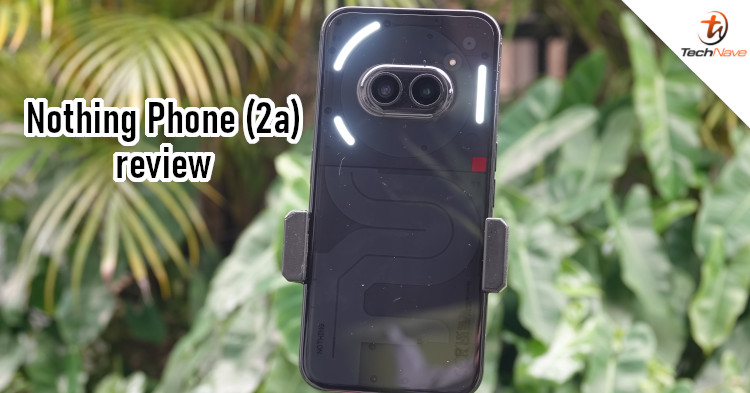
After launching the Nothing Phone (2) as a flagship smartphone last year, Nothing expanded its smartphone catalogue by launching a new mid-range device - the Nothing Phone (2a).
Featuring the iconic Nothing design with the light Glyph Interface at the back, the Nothing Phone (2a) was designed to be the new mid-range option in Nothing's smartphone series. As such, it has a more affordable price of RM1699. But does this make it more worthwhile for those looking for a mid-range phone? Let's find out.
Design – The design is iconic for Nothing at this point
The two previous Nothing phones - Phone (1) and Phone (2) - have a white Glyph Interface feature on the back. This unique design helped make Nothing's smartphones stand out from a sea of same-ish devices. And as you would expect, the Nothing Phone (2a) retains this design. Of course, there are some changes to help people distinguish it from the Nothing Phone (2).
Firstly, the Glyph Interface LEDs come in three parts on the upper rear. Secondly, the cameras have also been moved to the centre. Having said that, the Glyph Interface more or less works like its predecessors, so the design changes so far are entirely cosmetic.
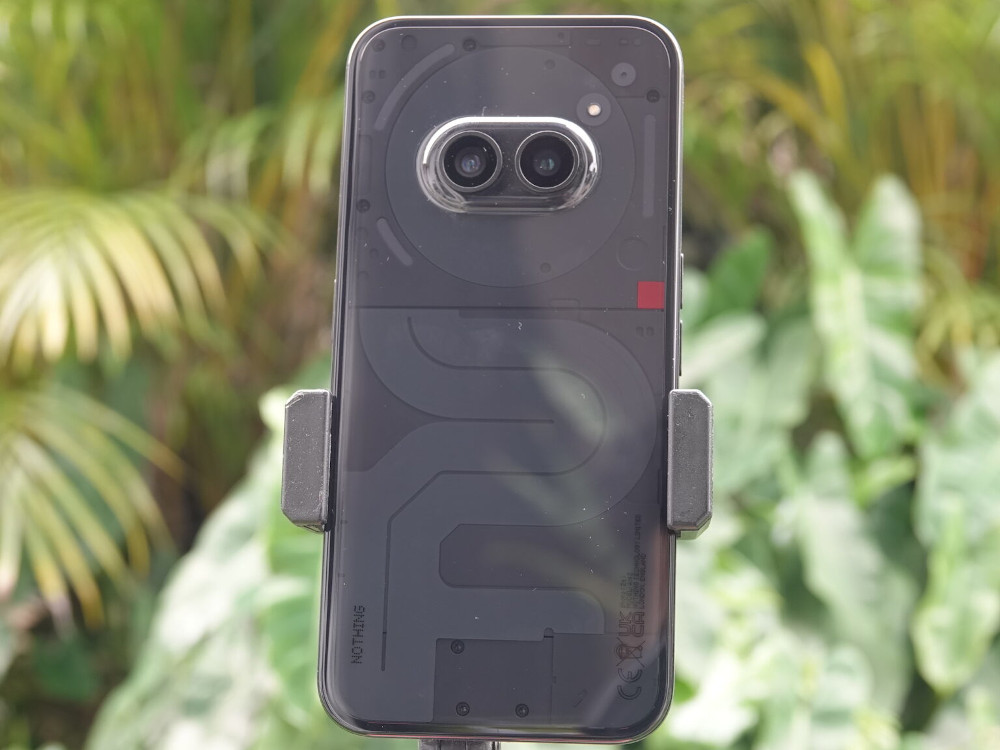
Back of the phone
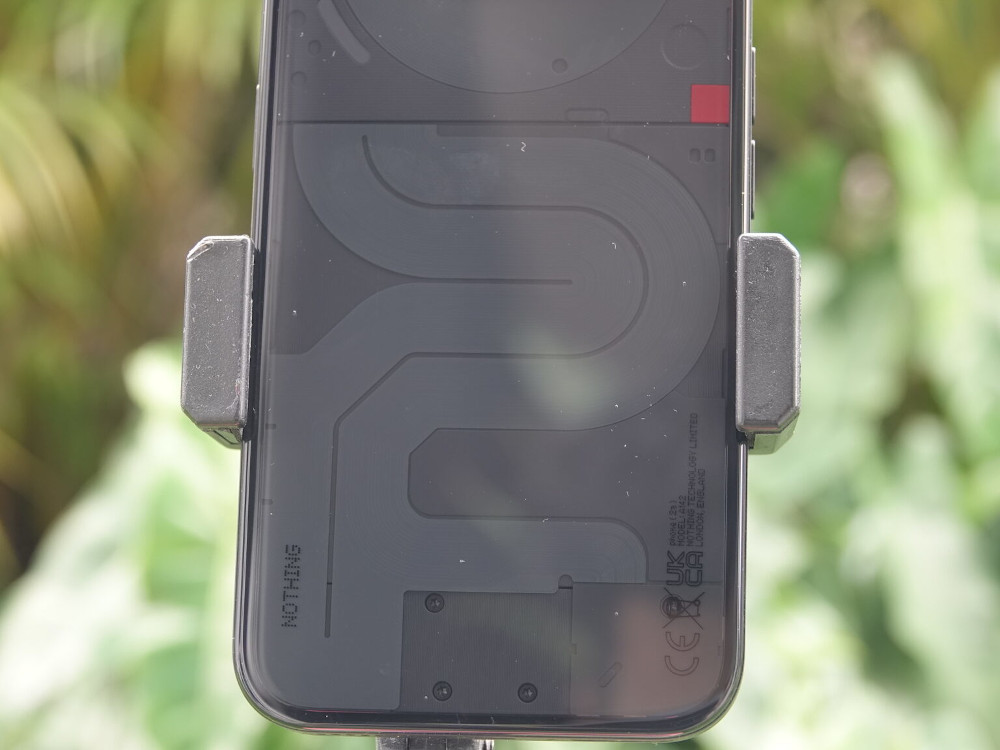
S-shape pattern under the transparent cover
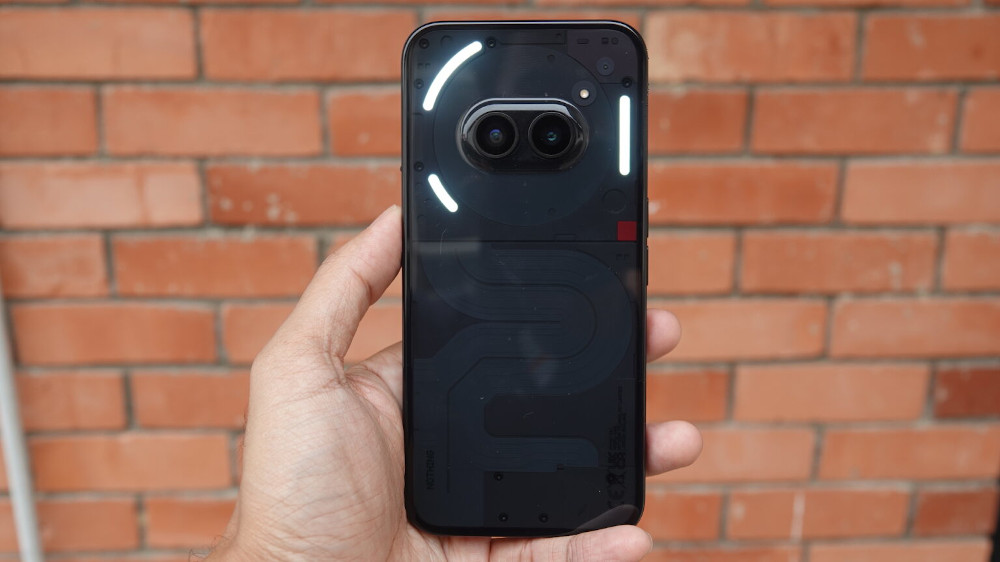
The Glyph Interface consists of three small LED sections
Another unique feature of all Nothing phones is their transparent back. This is also retained in the Nothign Phone (2a), which shows off its insides with the S-shape spiral inspired by Massimo Vignelli's New York subway map. It's not a design you'd see from other smartphones, so big thumbs up there.
Nothing went with plastic for the back cover to lower the total cost. Upon holding it, you can clearly feel it's a mid-range phone. On the bright side, it does have an aluminium frame, so the overall build quality is still quite good. It also has an IP54 waterproof rating to withstand any splashes of water or dust.
Another thing we like about this smartphone is the rear cameras. It consists of two cameras of the same size placed in the centre, giving it a very symmetrical look. The good thing is that this camera design ensures the phone can lie flat on most surfaces without wobbling too much. This is thanks to the centre placement and the camera bump being relatively thin.
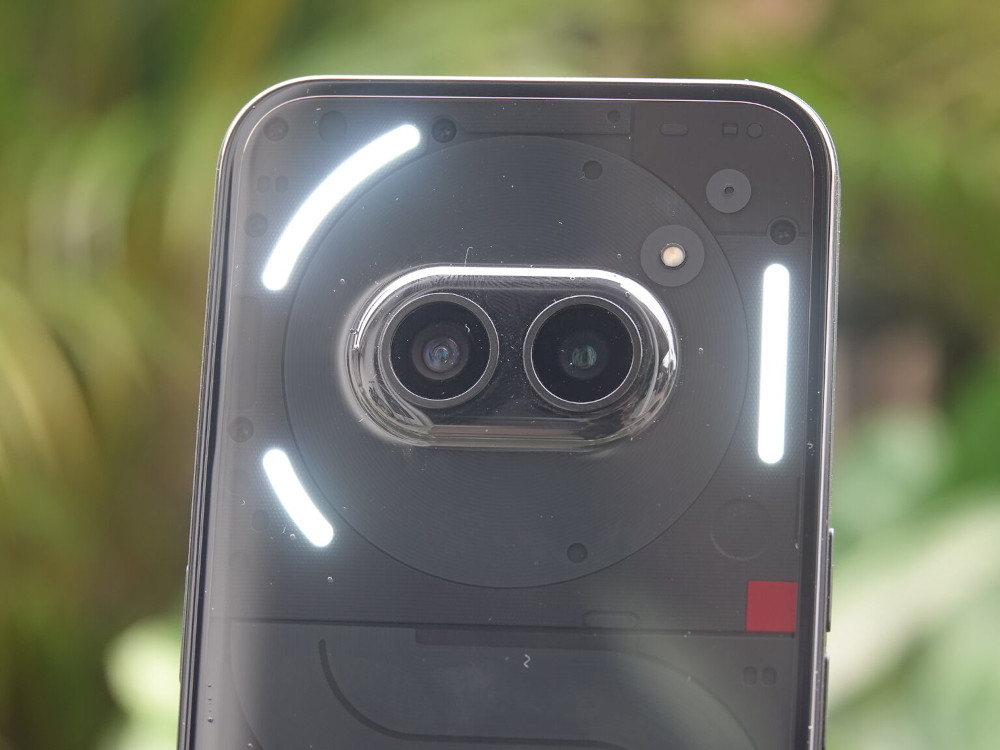
The cameras are in the middle and the bump isn't too thick
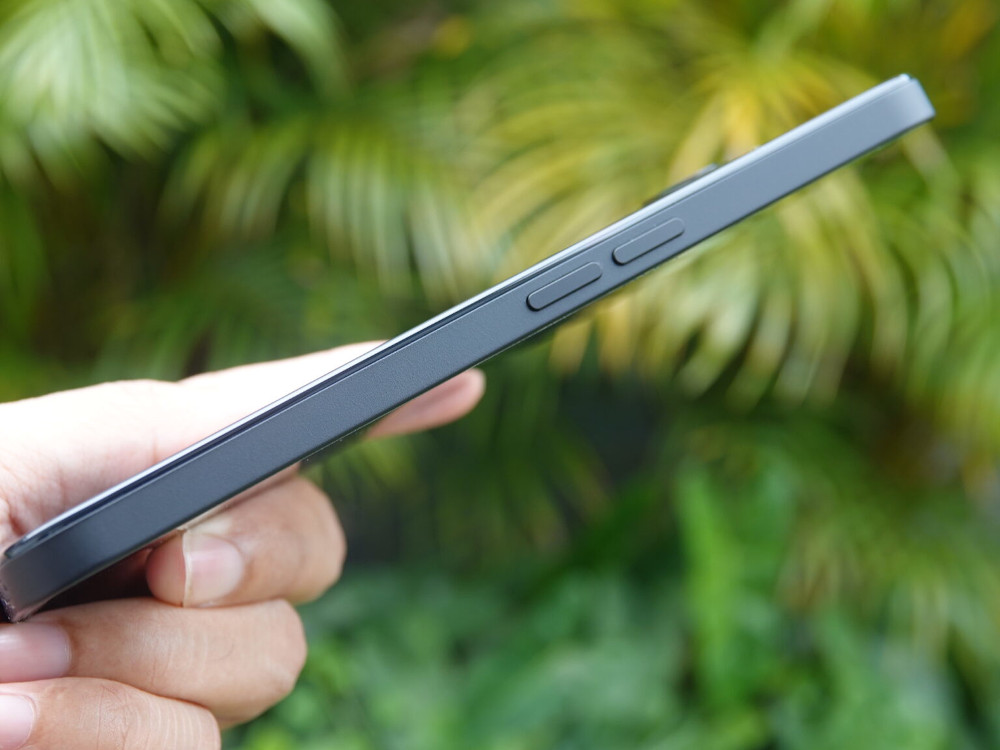
Left: Volume buttons
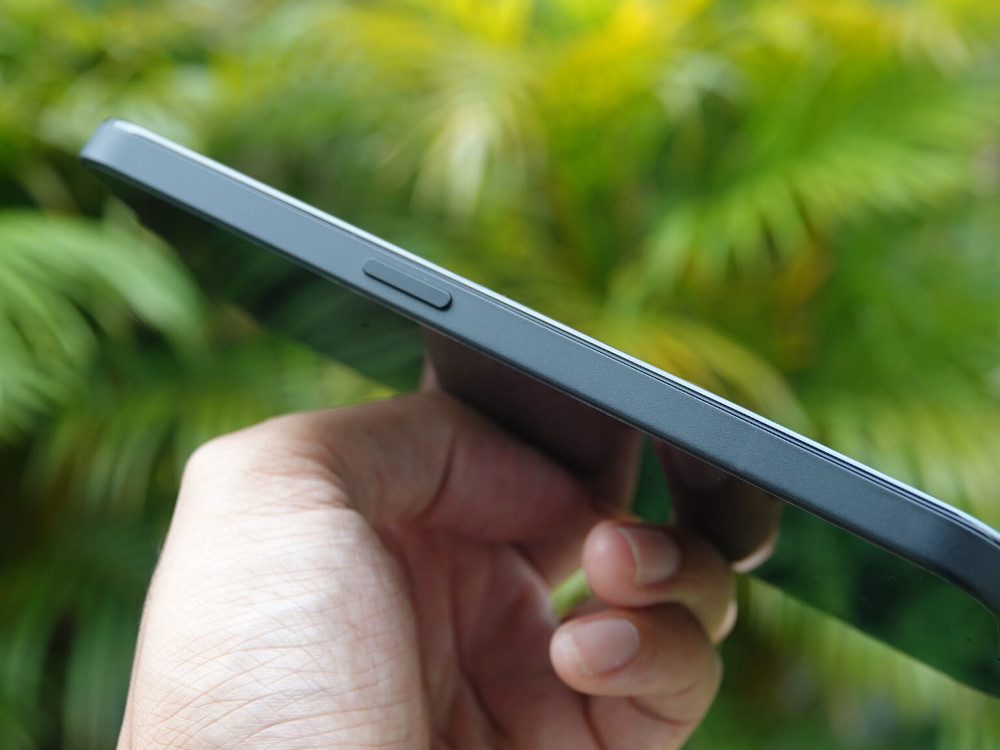
Right: Power button
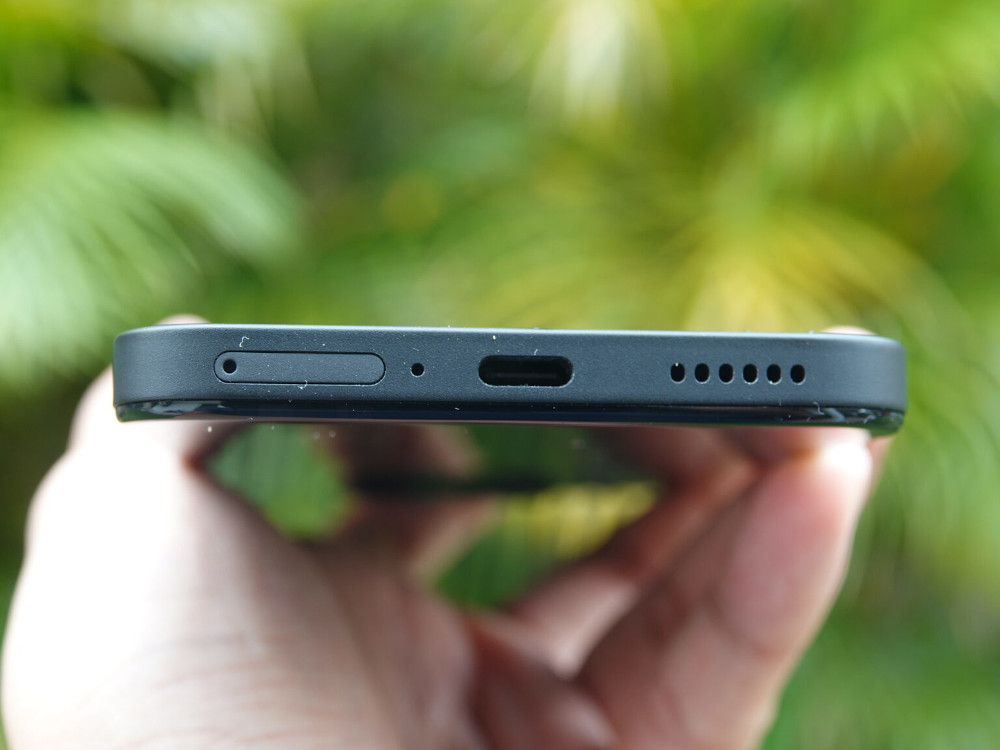
Bottom: USB-C port, stereo speakers, and SIM card tray
These two lenses also make it look like a pair of eyes, making it stand out even against other Nothing phones. If nothing else (no pun intended), the Nothing Phone (2a) can easily be recognised from a distance. Fun fact: Nothing first came up with this phone's design when it was established in 2020.
Tech specs and features – Solid, upper mid-range device
Here are the full specs for the Nothing Phone (2a):
- 6.7-inch AMOLED screen, 1084×2412 resolution, 30-120Hz refresh rate, 1300 nits peak brightness, 10-bit colour depth
- MediaTek Dimensity 7200 Pro chipset, made with TSMC's 4nm process node
- 12GB of RAM
- 256GB internal storage
- 50MP main camera + 50MP ultra-wide camera
- 32MP selfie camera
- Supports 4K 30fps, 1080p 120fps recording, optical image stabilisation (OIS)
- 5000mAh battery, 45W fast charging
- Stereo speakers
- Nothing OS 2.5 (based on Android 14)
- In-screen fingerprint scanner
Mid-range phones have come a long way. And in 2024, mid-rangers like the Nothing Phone (2a) even have an AMOLED panel, complete with Full HD+ resolution and a 120Hz refresh rate. What makes this screen even better is the uniform thin bezels on all sides of the screen, something you don't often see in a mid-range device.
This screen makes watching videos or playing games enjoyable. That's because the thin 2.1mm bezels mean you don't have distracting black bars ruining your immersion. Moreover, the AMOLED display can output bright and vibrant colours, so games and videos look much better.
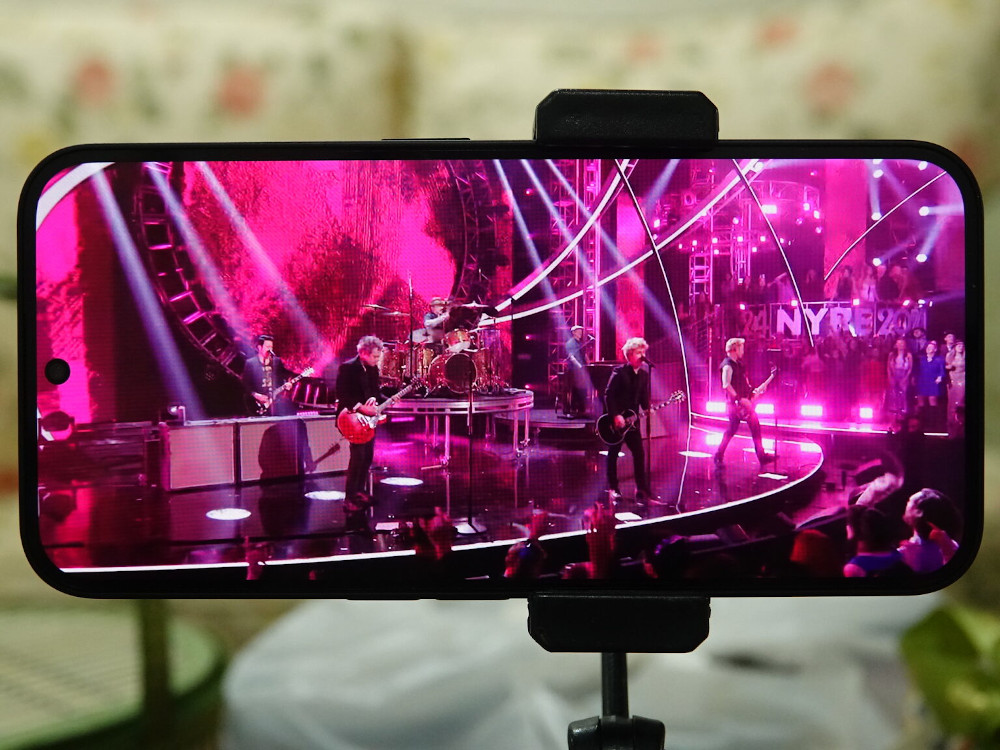
Thin bezel borders on all four sides enhance the video-watching experience
If we had to nitpick, its downside would be the slightly lower 1300nits peak brightness. That's not to say it's unwatchable in bright sunlight, but it's not on par with other mid-range phones offering peak brightness of over 1500 nits.
Speaking of the screen, you'll find a fingerprint scanner under the display. It works fast and accurately enough, so we chose it as our default screen lock option. Of course, you can also use face unlock. It is slightly slower but works well enough and might be more secure.
As for the memory and storage, there's only one variant for the Malaysian market - 12GB RAM with 256GB internal storage. Unfortunately, the Nothing Phone (2a) doesn't come with a microSD card slot, so you can't expand the storage either.
Since it's a Nothing phone, the Nothing Phone (2a( features the company's Nothing OS 2.5 UI. Upon switching on the phone for the first time, the monochrome colour scheme on all UI elements and a very minimalistic design was the first thing we saw. All app icons are black and white by default and have no text underneath. However, third-party app icons do have colour.
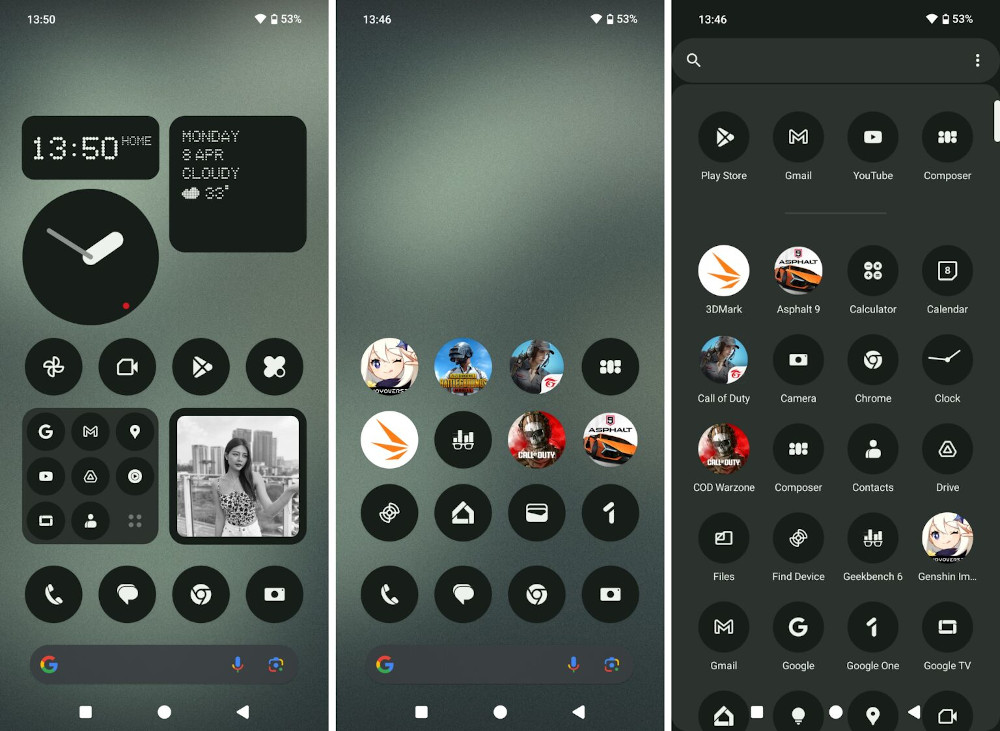
Black and white icons for apps, except for third-party ones you download yourself
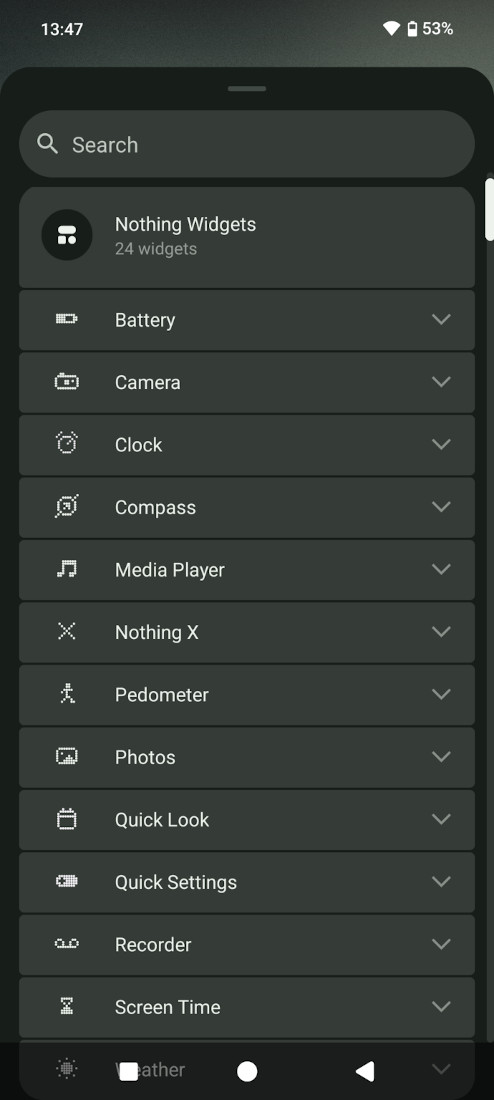
List of custom widgets from Nothing
Nothing offers a variety of unique widgets if you want to decorate your home screen with a unique design. In addition, it also doesn't have any bloatware. It does have some in-house Nothing apps, such as the Nothing X, which is the app for the brand's earphones. But besides that, you won't find other nonsense that can't be deleted.
As for the operating system, the Nothing OS 2.5 is based on Android 14. Also, Nothing promised to provide three years of major software updates and four years of security updates. This is the standard for a mid-range device in 2024 and would make it relevant till 2029.
Some unique features introduced in Nothing OS include Smart Clean, which helps maintain high read-and-write speeds in storage. NTFS Optimisation increases file transfer speeds when transferring files into a Windows computer. And finally, the RAM Booster feature provides virtual RAM, something that's now common in many phones.
With the Glyph Interface light, Nothing OS also offers control functions for the LED lighting. It can light up according to a ringtone's pattern, timers you've set, and the phone's volume level. You can also set it up to light up to the beat of a music playback to get that "disco" effect.
You can also use Glyph Composer to create your own light patterns. The new patterns can then be set to phone calls, so you could have custom patterns for different individuals, making it easy to identify who's calling you. Unfortunately, it can't show the charging level like the Phone (2) can, so that's a bummer.
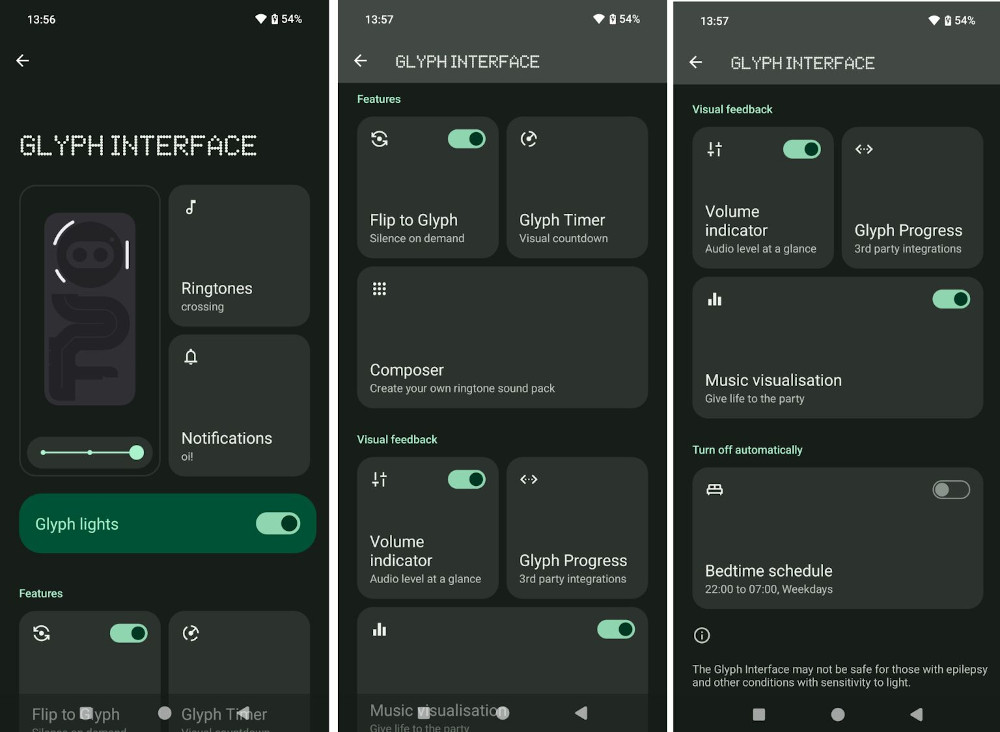
The Glyph Interface has lighting options for many features
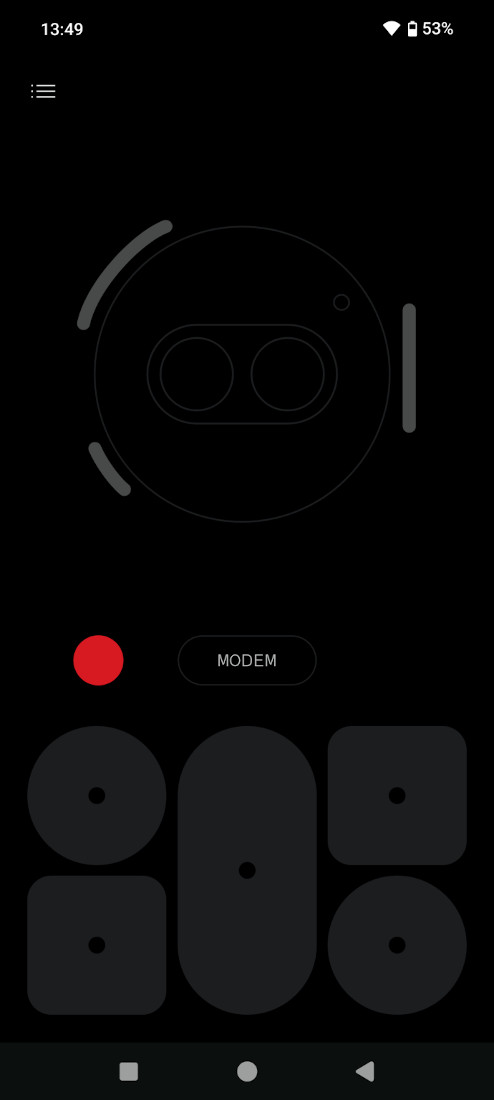
You can also create your own lighting patterns
Our writer felt that the Glyph Interface is still more of a gimmick than anything else. But if this is a gimmick you like, you can at least now get access to it at a lower price tag.
Performance – Very satisfying!
Here are the results of a benchmark we've done for Nothing Phone (2a):
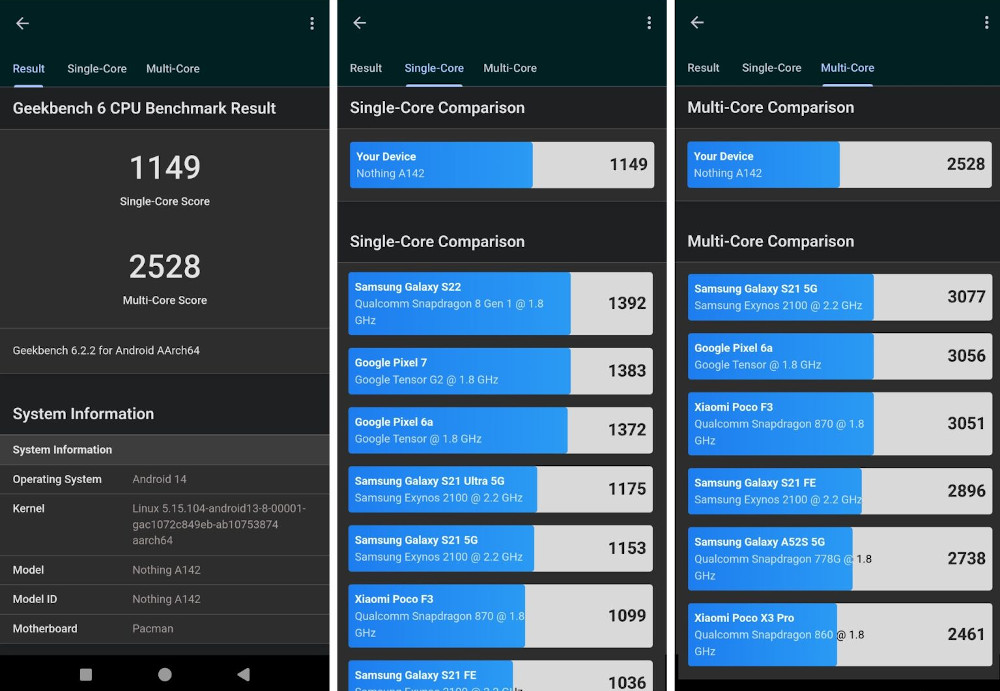
Geekbench benchmark results with similar performing devices
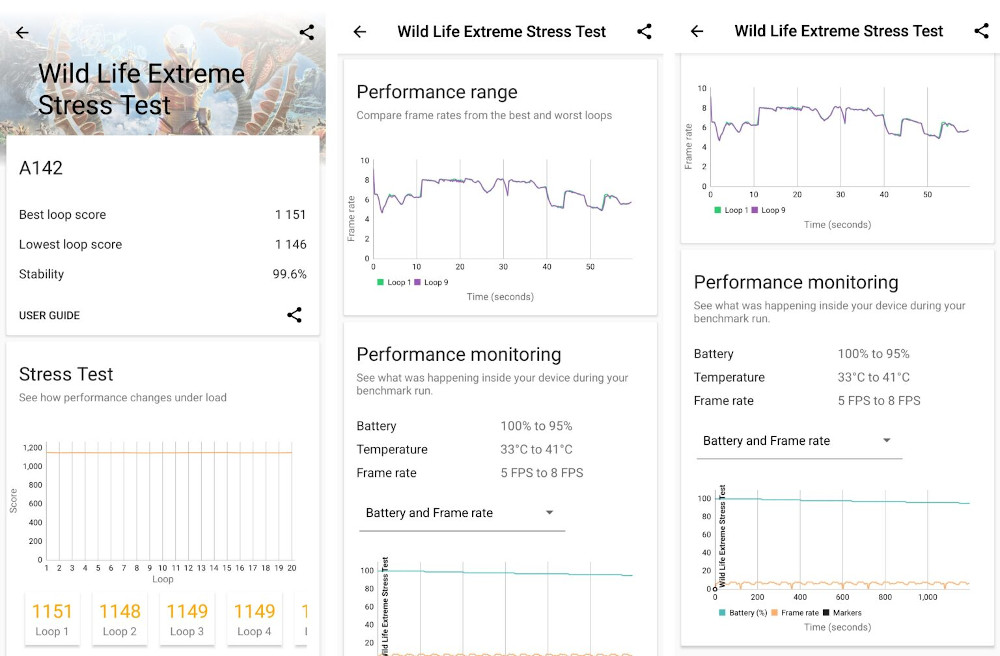
Stable performance in 3DMark even after 20 minutes of the Wild Life Extreme stress test
Under the hood, the Nothing Phone (2) packs a MediaTek Dimensity 7200 Pro chipset. This chipset was manufactured on TSMC's 4nm process node, making it a pretty power-efficient component. Moreover, Nothing claimed that this chipset was specially built for the Phone (2a), so there must be some optimisations on the software side.
Overall, we don't have any complaints about this phone for daily use. It has no issues with social media apps, opening multiple tabs on web browsers, and your typical messaging apps. Even for mobile games, it can handle popular ones like COD Mobile and Genshin Impact comfortably.
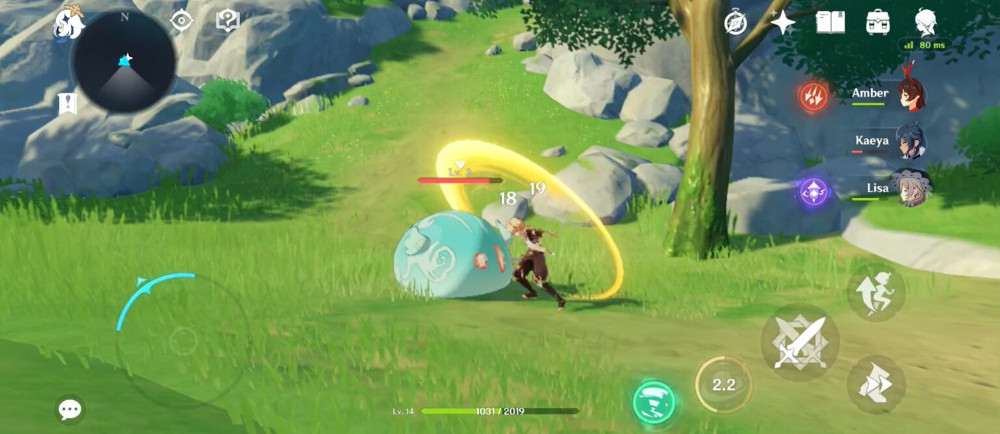
Genshin Impact can be played comfortably on medium graphics settings
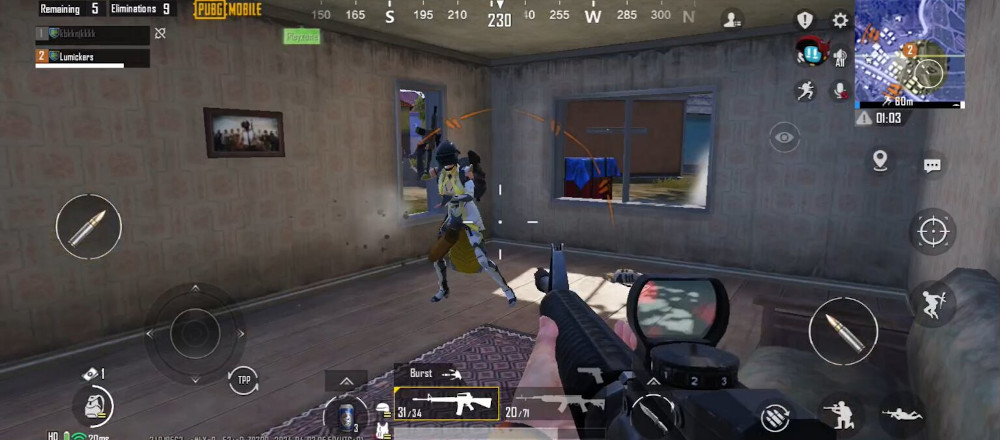
PUBG is playable even on high graphics settings
The Nothing Phone (2a) also has the HyperEngine 5.0. This feature is supposed to maintain stable frame rates and reduce power consumption by 18% when gaming. We're not sure about the power consumption part, but while we were testing the phone, we didn't experience any sudden drops in frame rate or extreme lag. When we did experience lag, it was due to the chipset being incapable of handling graphics settings for a game. In this case, adjusting the graphics settings would usually fix the problem.
Battery-wise, the Nothing Phone (2a) has a 5000mAh battery that can comfortably last for more than a day. For charging, it supports 45W fast charging. Unfortunately, the charger is not included in the box. We used a 65W-rated third-party charger instead and it took around 1 hour and 15 minutes to fully charge. As we've mentioned, you can't eyeball the recharge percentage by checking the Glyph lighting for this model.
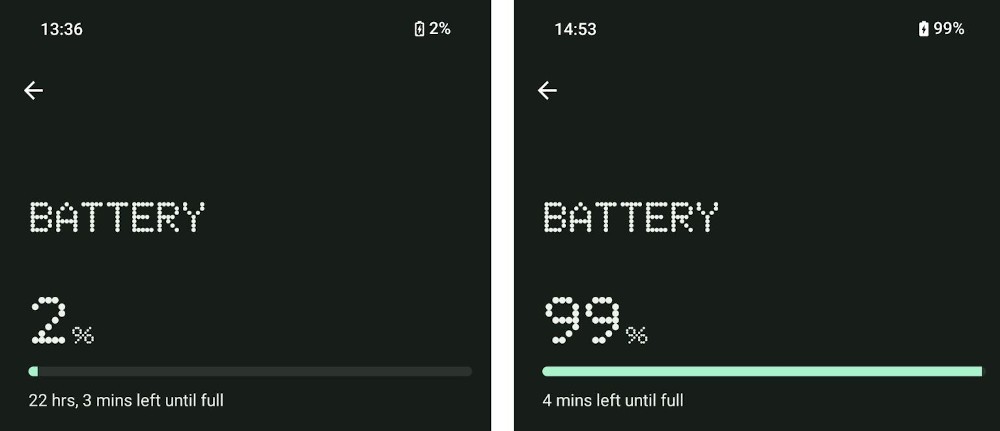
Charging from 2% to 99% takes 1 hour 17 minutes
Next, we have the cameras. Overall, the quality of the main camera is acceptable for a mid-range phone. The Nothing Phone (2a) takes very nice pictures under bright sunlight, which is normal nowadays. But once indoors or in low-light situations, you get overprocessed pictures with colours darker than they should be. On the bright side, the dynamic range and contrast are acceptable.
As for the ultra-wide camera, the quality is roughly on par with the main camera, except in low-light situations where it looks very blurry. In addition, the digital zoom can only go as far as 10x. At 3x digital zoom, the pictures you take will still look decent. But at 10x zoom, the quality is not great. And since there's no telephoto camera, there's no other long-range zoom option.

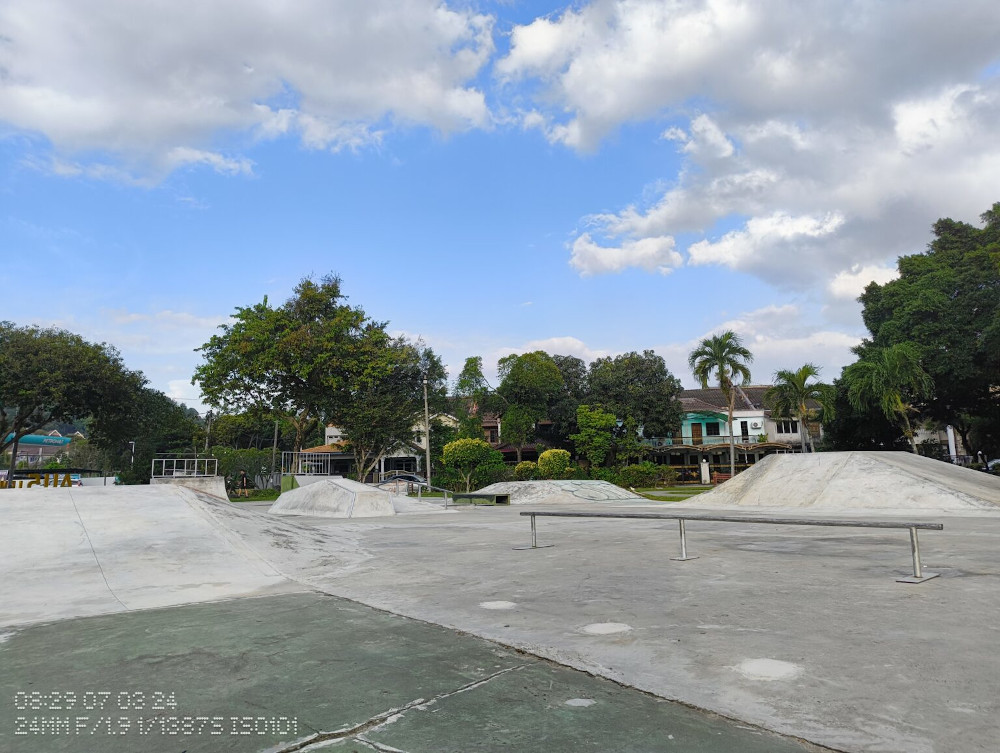
Main camera
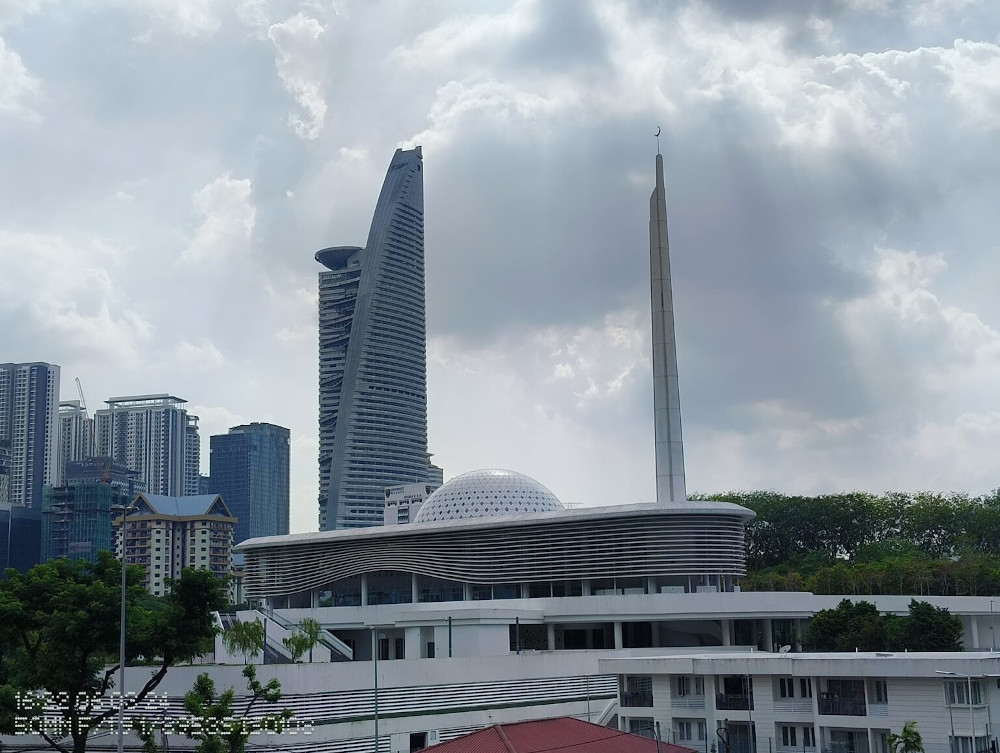
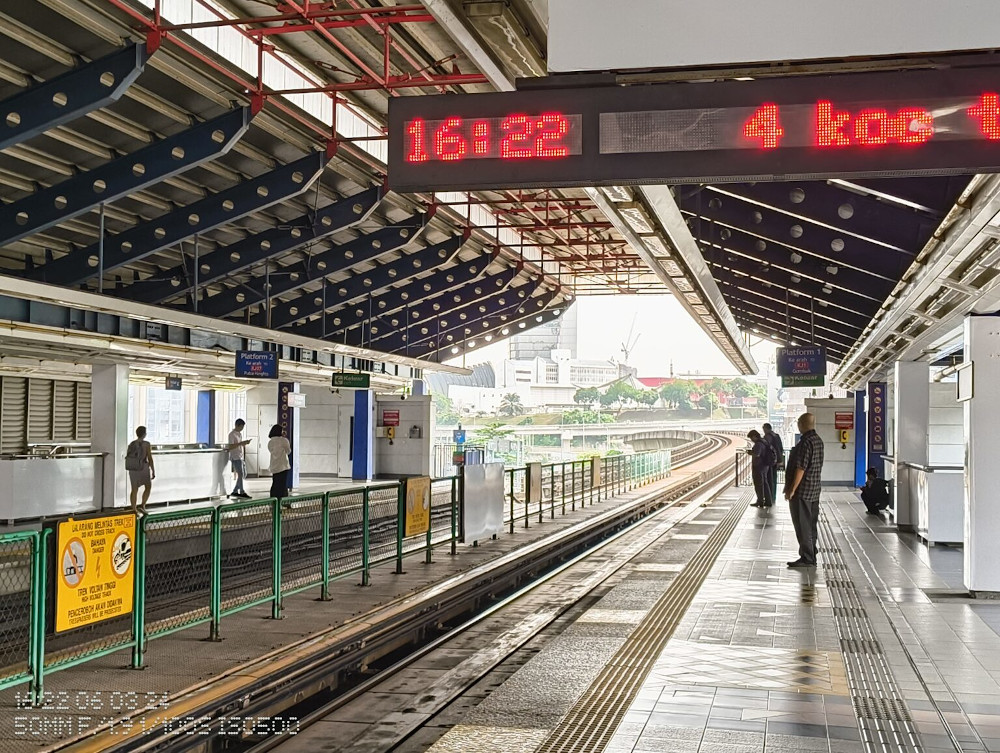
2x zoom
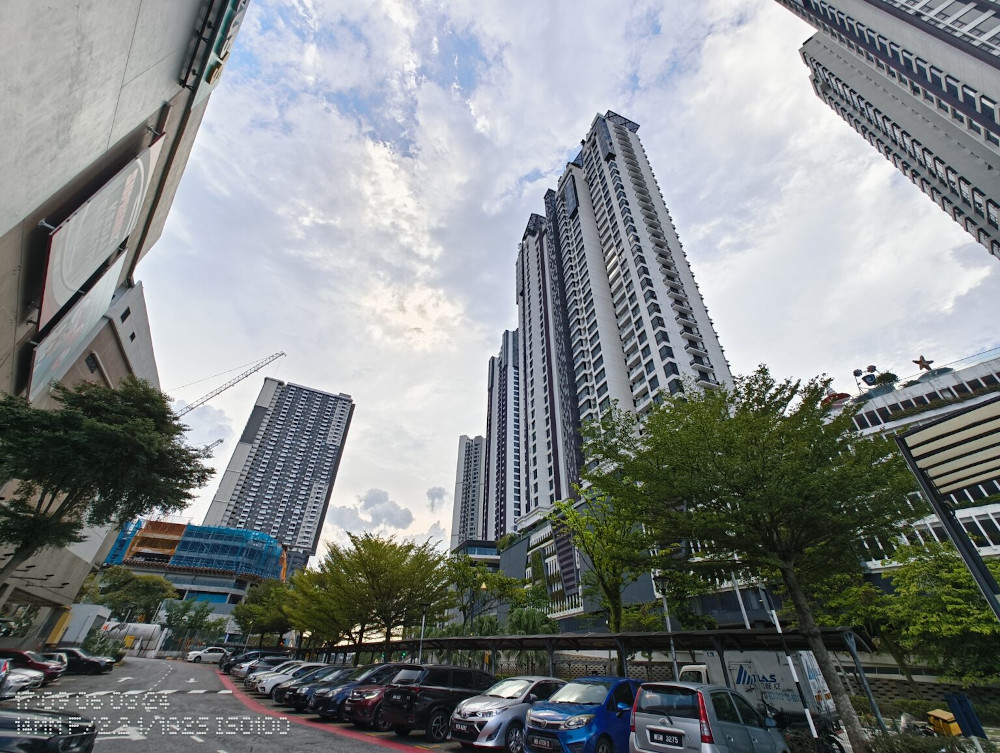
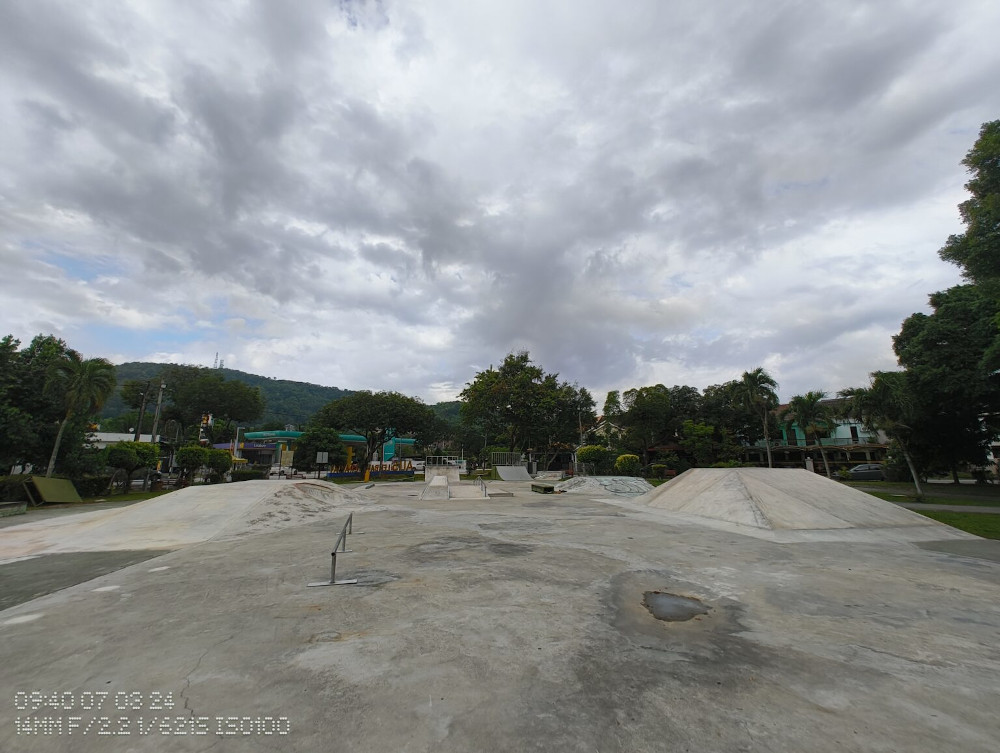
Ultra-wide camera
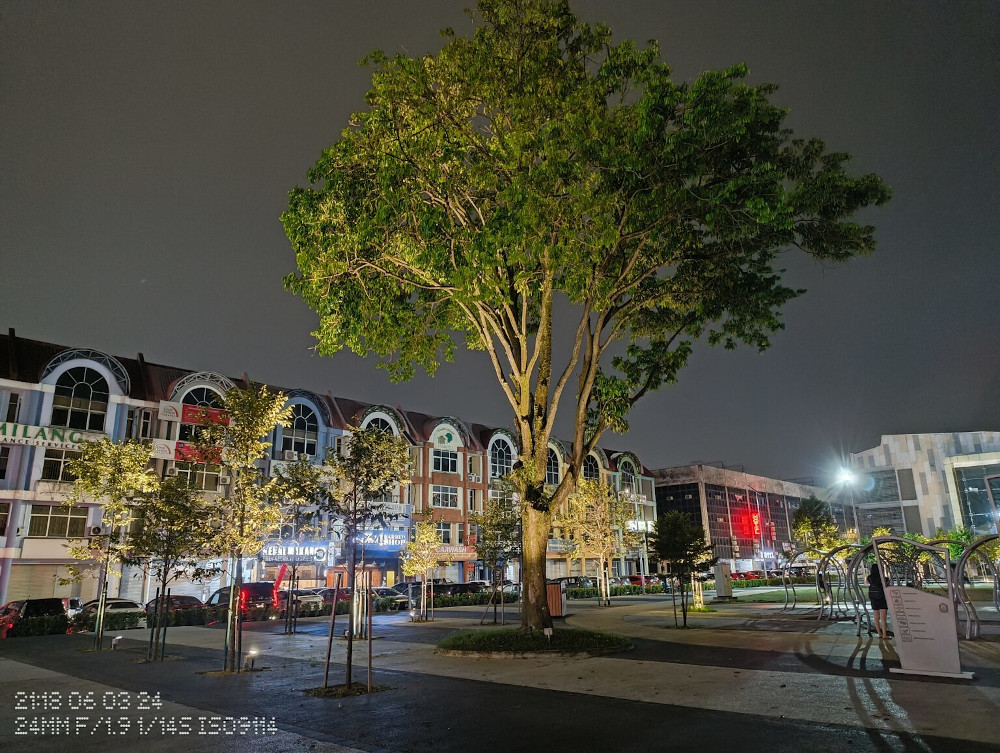
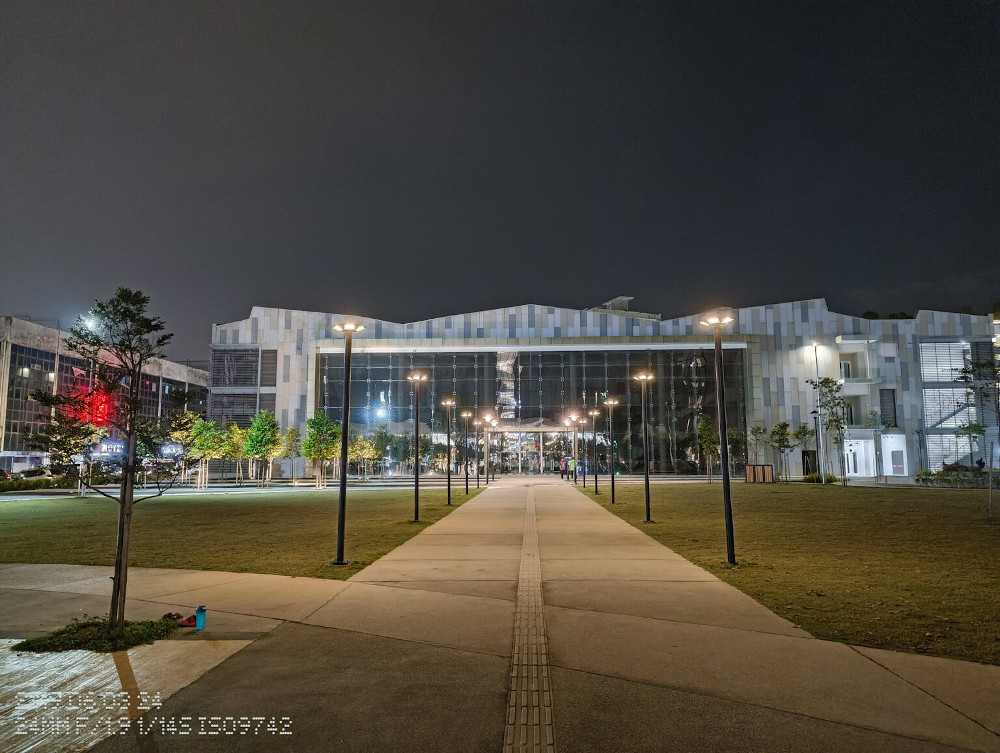
Night shots

Daytime selfies

Selfies at night
When it comes to selfies, the front camera does a pretty good job. You get balanced skin tones and results that look relatively natural. If you prefer portrait mode, it separates the subject and background well enough.
For videos, the Nothing Phone (2a) can record in 4K resolution at 30fps with quality similar to photography mode. Thanks to optical (OIS) and electronic (EIS) image stabilisation, you can also take very smooth videos. Videos remain steady even if we're recording while walking, a stabilisation level you'd usually expect from a more expensive phone.
Conclusion – A more affordable Nothing smartphone
Obviously, Nothing Phone (2a) is marketed to those who want a phone with Nothing's iconic design but don't want to spend more than RM2000. At RM1699, you get a phone with the brand's unique transparent back and minimalist look. Plus, you get an OS that's very close to stock Android. In addition, you still get the Glyph Interface lighting, albeit without the glitz of the Nothing Phone (2).
If the OS and unique design don't appeal to you, we suggest picking a phone from another brand. An alternative would be the Samsung Galaxy A35 5G, which has the Samsung Knox security system and a simple design for RM1699. There's also the realme 12 Pro+ 5G for RM1599 for those who want a phone with a leather back. If you're willing to spend more, the RM1899 OPPO Reno11 is a mid-range option with much better photography capabilities.
So, what do you think of the Nothing Phone (2a)? Please share your thoughts in the comments on our Facebook page, and stay tuned to TechNave for more news and reviews of the latest smartphones!




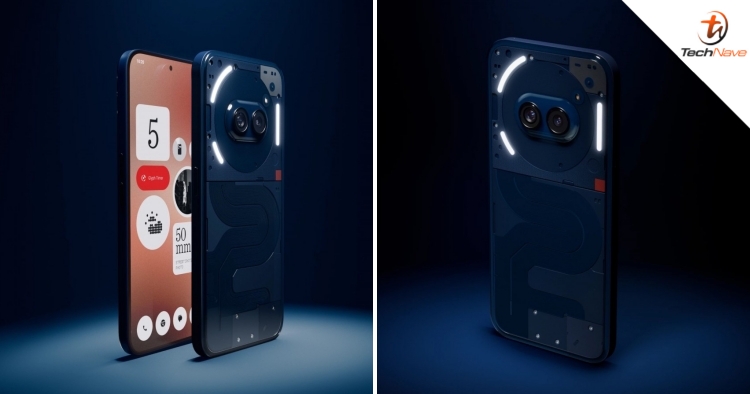
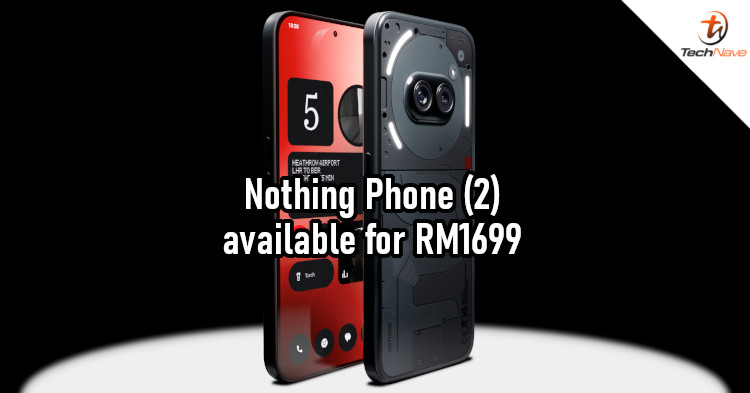

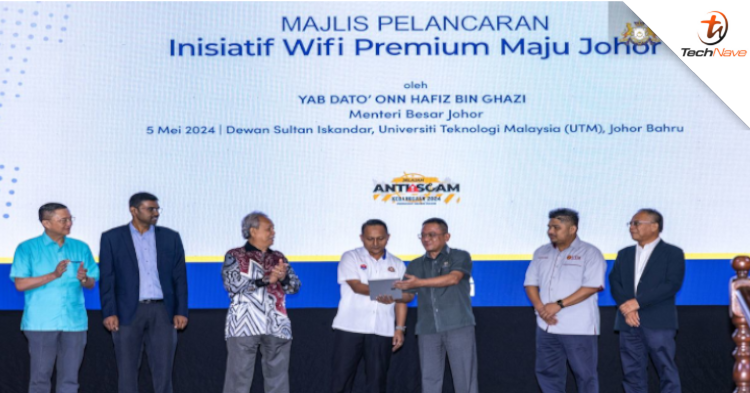


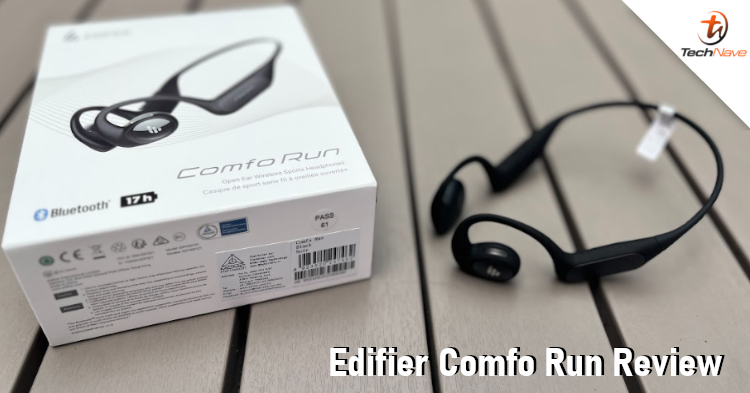
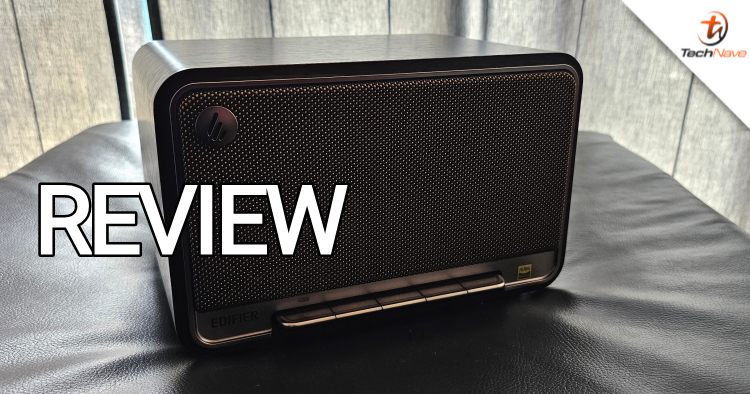
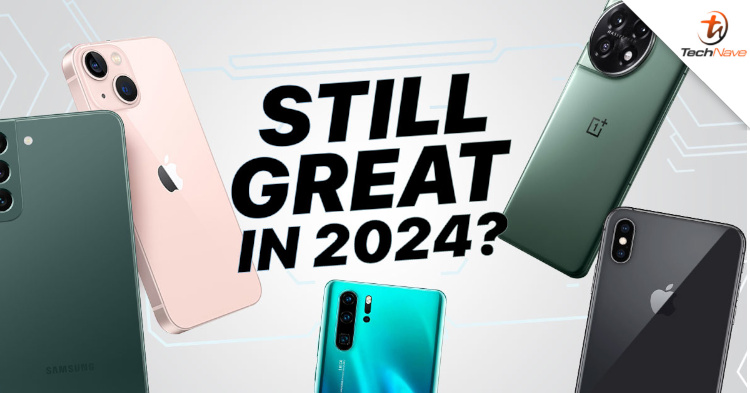
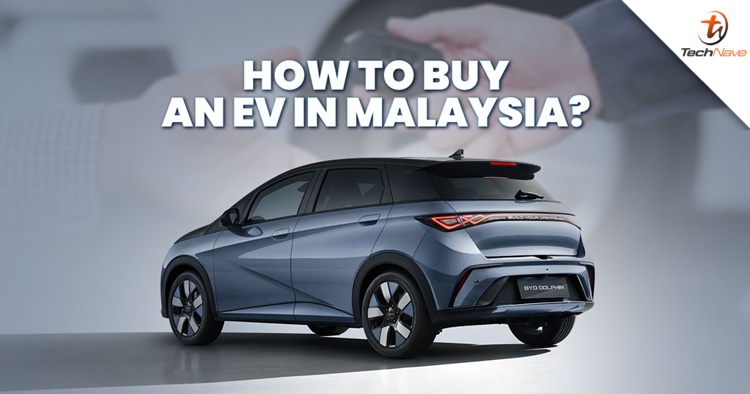

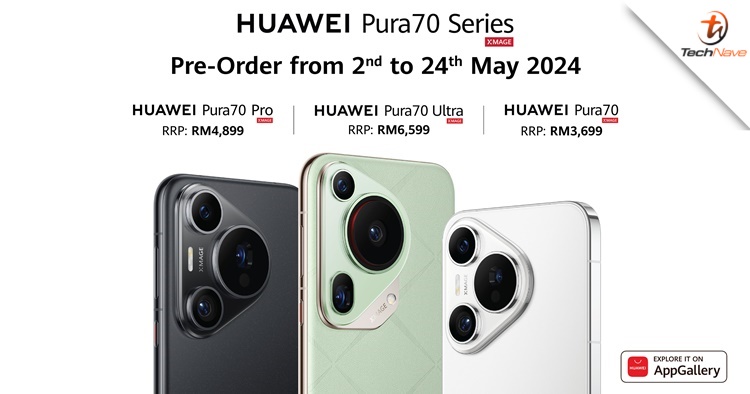
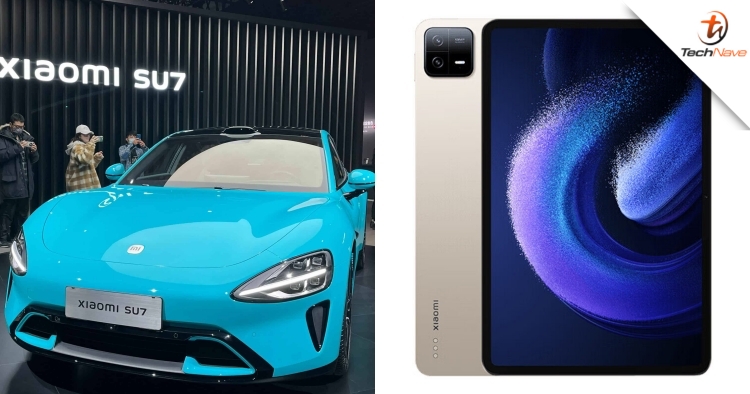
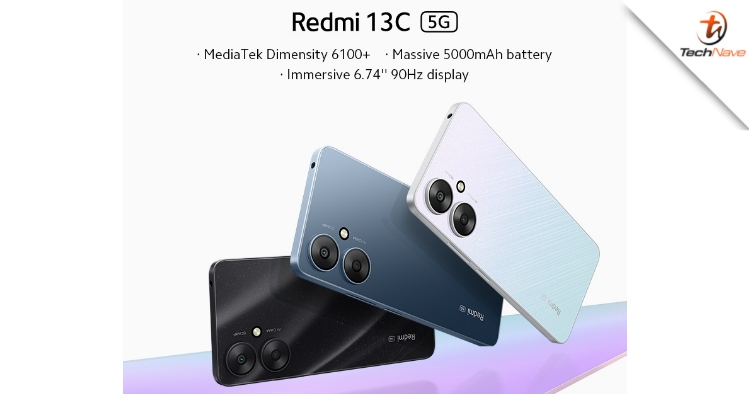
COMMENTS